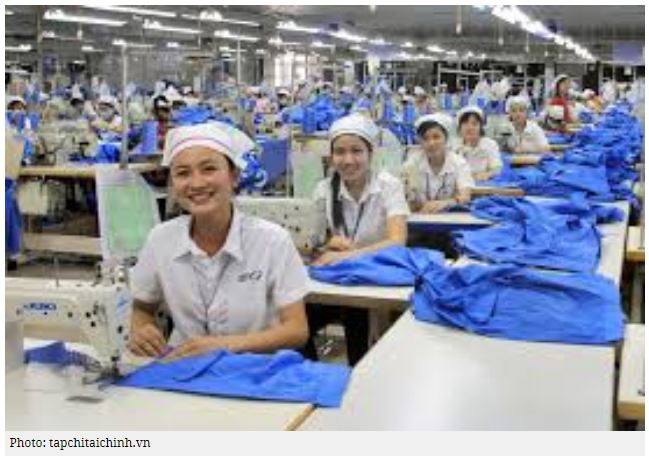Vietnam: December PMI at 53.8
The Nikkei Vietnam Manufacturing Purchasing Managers’ Index – a composite single-figure indicator of manufacturing performance – posted 53.8 in December, signaling a further solid improvement in the health of Vietnam’s manufacturing sector.
Though down from November’s near-record 56.5, the latest figure was in line with the average for 2018 as a whole. December rounded off a positive year for Vietnamese manufacturers, with the average PMI reading the highest for any calendar year since the survey began in 2011.
“The recent success of Vietnamese manufacturing firms in being able to generate strong new order growth continued in December,” said Mr. Andrew Harker, Associate Director at IHS Markit. “This meant that 2018 as a whole was the best calendar year for the sector since the PMI survey began in 2011 and leaves the industry well placed to have a positive 2019 despite headwinds elsewhere in the global economy.”
Solid growth continued to be recorded in the manufacturing sector at the end of 2018. Though easing from the particularly strong November, rates of expansion in output, new orders and employment were above the respective averages since the survey began in March 2011. Meanwhile, input costs decreased for the first time in almost three years amid falls in the market prices of items such as oil and paper. Firms responded to lower cost burdens by lowering their output prices for the third time in the past four months.

Output continued to increase in December, with growth softening from that seen in November but remaining solid nonetheless. The same was true for new orders, where a marked expansion was recorded that extended the current sequence of growth to 37 months. New export business also rose at a solid pace at the end of the year.
Recent strong rises in new orders imparted capacity pressure on manufacturers, with backlogs of work increasing for the second month running. Firms responded to greater workloads by taking on extra staff for the 33rd consecutive month.
The softening of input cost inflation seen through much of the second half of the year gave way to an outright monthly fall in input prices during December. This was the first reduction in input prices since February 2016. There were reports from panelists of lower costs for items such as oil and paper.
With input prices decreasing, Vietnamese manufacturers lowered their output charges accordingly. Selling prices have now decreased in three of the past four months, with the latest reduction the most marked in almost three years.
Manufacturers generally expect output growth to continue over the coming year, with confidence linked to predictions of higher new orders and business expansion plans. Sentiment was broadly in line with the series average, having dipped from the near-record optimism seen in the previous month.
Positive expectations encouraged firms to increase their purchasing activity again in December, and at a marked pace. Efforts to build inventory reserves were also evident. Both stocks of purchases and finished goods increased at the end of the year, albeit to lesser extents than seen in November.
Source: http://www.vneconomictimes.com/article/vietnam-today/december-pmi-at-53-8


 Thailand
Thailand




